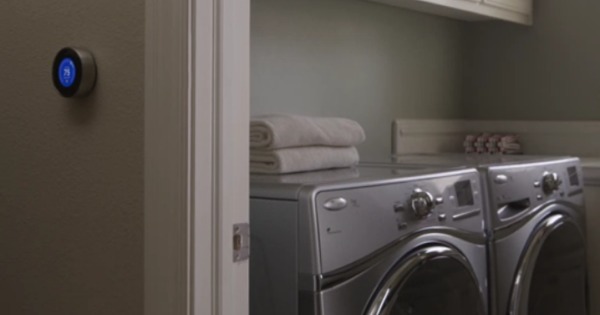
Nest‘s thermostat and smoke detectors are pretty smart already, with the help of a smartphone of course, but as far as the so called “Internet of Things” go, they’re pretty much like isolated islands. That situation will soon be changing now that Nest has launched its Developer Program to help extend its products beyond the confines of the living room, or ceiling.
Hearing an alarm not enough? Pair up the Nest Learning Thermostat with a Jawbone UP24 band and it will wake you up in a more tactile way. Own a Logitech Harmony remote control for almost all your smart appliances? Now Nest can also be controlled conveniently from your couch. How about a bit of basic logic? With IFTTT integration, your Nest products can perform certain actions based on certain conditions, like sending an SMS to emergency contacts when Nest Protect smells smoke. But the Developer Program also extends outside the home, like how a Mercedes-Benz smart car can send a note to Nest Thermostat to heat up, or cool down, the house as you drive home.
These are just some of the things already awaiting Nest owners today, but Nest has some bigger things already scheduled. This fall, for example, Nest will be adding Google Now integration to its products. Soon you will be able to literally, or rather verbally, talk to your smartphone or tablet to set the Thermostat’s temperature, no matter where you are. The video below highlights some of the concepts and reasons for creating an app that “Works with Nest”, including controlling a Whirlpool washing machine.
The Developer Program will include application programming interfaces (API) that will let developers access Nest product information like home or away states, smoke alerts, peak energy hours, and others that will act as conditions or triggers for actions. Nest will also be providing tools to help build such apps and will be targeting mobile devices, Android and iOS included, as well as the Web. And to placate users’ privacy worries, apps that work with Nest will be using well-known security standards like SSL for encryption and OAuth for authentication so that users’ data remain safe even when traveling via the Internet.









